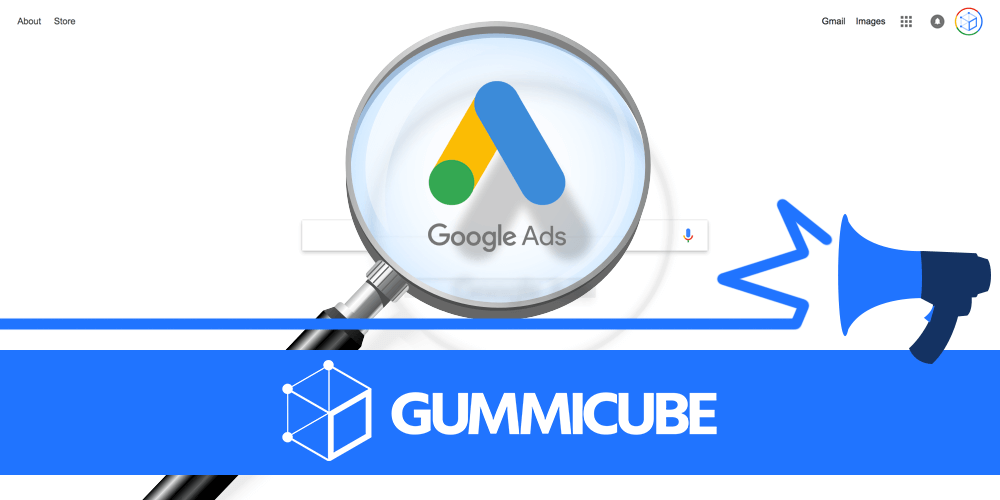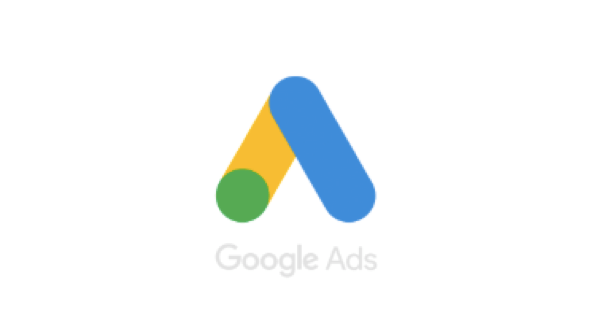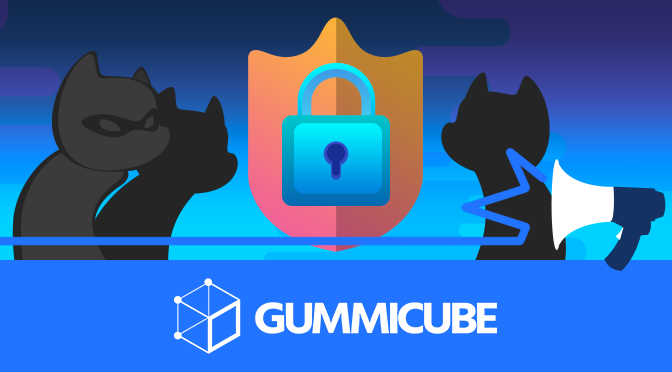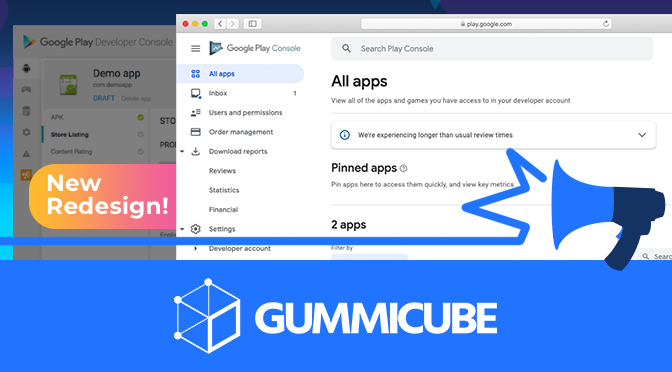
App Store Holiday Schedule 2020
Posted on November 23rd, 2020
When is the App Store Holiday Schedule 2020? Learn about the dates of this year's shutdown and how to prepare.

Google AdWords and Google Universal App Campaigns (UAC) have undergone a brand transformation and are now known as Google Ads. With this change, app developers and marketers have to wonder: what does this mean for the ads for their apps? As marketing is an important aspect of App Store Optimization, it’s helpful to understand what this change means and whether or not it will impact your ASO strategy.
As part of the change, Google is introducing new brands and solutions for their advertising products: Google Ads, Google Marketing Platform and Google Ad Manager.
The Google Ads brand covers the full range of advertising services that Google offers, including advertisements across all of its webpages. This is essentially a rebranding of UAC, enabling developers and marketers to promote their apps across all of Google’s channels, including Search and the Google Play Store.
Similarly, the Google Marketing Platform utilizes ads and analytics technology in order to provide customer insights. It builds on integrations between Google Analytics 360 and DoubleClick Digital Marketing to help marketers gain more visibility into their ads performances. It also includes Display & Video360 and uses features from DoubleClick Bid Manager, Campaign Manager, Studio and Audience Center. This is designed to help marketing teams collaborate on ad campaigns for better synergy and coordination.
Thirdly, Google Ad Manager brings together DoubleClick for Publishers and DoubleClick Ad Exchange, letting publishers manage their marketing campaigns more easily.
In spite of the change in branding, there is little that marketers will have to adjust with this transition. The marketing tools and features that Google offers are unchanged, although the packaging is different.  This does mean that Google Ads users will have to update their bookmarks – the URL has changed from adwords.google.com to ads.google.com, and the Help Center is now support.google.com/google-ads. Of course, branding is very important; it creates the image and persona that users identify and connect with. Just as a properly optimized app creates a brand name for itself, Google is trying to rebrand its advertising services to match the new offerings.
This does mean that Google Ads users will have to update their bookmarks – the URL has changed from adwords.google.com to ads.google.com, and the Help Center is now support.google.com/google-ads. Of course, branding is very important; it creates the image and persona that users identify and connect with. Just as a properly optimized app creates a brand name for itself, Google is trying to rebrand its advertising services to match the new offerings.
While the change may seem jarring, it’s primarily a change in branding and packaging; the features Google offers are all unchanged. Google assures its users that “changes to the Google Ads branding will not impact your campaign performance, navigation, or reporting.” As such, marketers shouldn’t worry about immediate seismic shifts in performance on existing campaigns– it will be more of a passing inconvenience of swapping bookmarks and adapting to cosmetic updates.
Just as UAC allowed marketers to promote their app across multiple AdWords channels, such as Google Search, YouTube and the Google Play Store, so too does Google Ads.
Similar best practices to UAC will need to be utilized on Google Ads, including conversion tracking and properly utilizing creative assets. Given that Google Ads, Google Marketing Platform and Google Ad Manager all take existing Google and DoubleClick marketing tools and combine or repackage them, this change will not interrupt any ongoing campaigns. Those who are satisfied with their current ad performance should be able to learn the new UI and continue uninhibited. This may even provide new tools that marketers and developers have previously overlooked or have not had access to, so marketing teams should examine the features offered in the new brands and packages to see what else they can take advantage of.
It’s important to make the most of every effective marketing tool at your disposal, so one should not grow complacent just because what they’ve done so far has worked. For those who have enjoyed using Google Universal App Campaigns to connect with users across Search, Google Play, YouTube and more, this change is not one to worry about. In fact, having multiple paid marketing tools in one place may reveal new opportunities to supplement your overall App Store Optimization strategy.

When is the App Store Holiday Schedule 2020? Learn about the dates of this year's shutdown and how to prepare.

Apple's App Store Guidelines have strict privacy requirements. Developers now must provide information to users on the App Store listing regarding the data they access.

The Google Play Developer Console has been updated with a new design and adjusted tools. What's different, and how will it impact App Store Optimization?